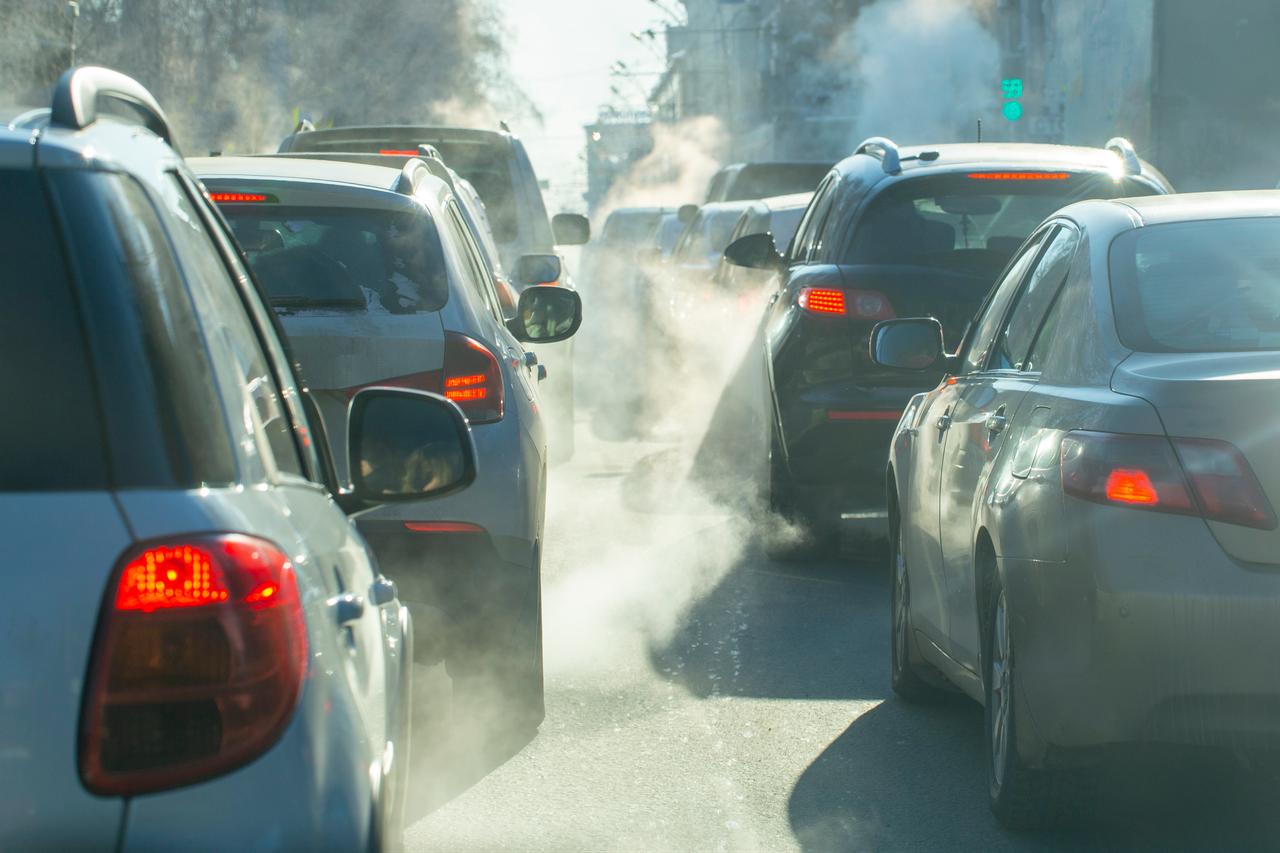
Plovdiv is set to introduce major traffic changes from Oct. 1, 2025, to April 30, 2026, banning older and high-polluting vehicles from the city’s central districts.
The decision, approved by the municipal council this week, is part of a larger campaign to combat smog and improve air quality during the winter months, Novinite reported.
The new plan divides the city into two restricted areas, the “Center,” which covers the inner ring, and the “Wide Center,” extending around it.
Cars classified in environmental groups 1, 2, and 3, considered the most polluting under Bulgarian standards, will be barred from entering these zones.
Officials argue that the measure will encourage cleaner transport choices and reduce harmful particles that accumulate in the air when heating demand rises in colder weather.
To support the transition, the municipality intends to apply for European funding under the 2021–2027 Environment Program.
The grants, provided through the “Low-Emission Zones from Transport” scheme, are expected to finance improvements such as modern traffic management and incentives for greener mobility.
Bulgaria classifies vehicles into five environmental categories based on their emission standards.
These categories determine access to Low Emission Zones (LEZs) in cities such as Plovdiv and Sofia, helping reduce air pollution and promote cleaner transportation.
| Category | Euro Standard | Description |
|---|---|---|
| Category 5 | Euro 5 & Euro 6 | Modern, low-emission vehicles, including electric and hybrid cars. |
| Category 4 | Euro 4 | Older vehicles that meet Euro 4 emission limits. |
| Category 3 | Euro 3 | Vehicles with higher emissions than Euro 4 cars. |
| Category 2 | Euro 2 | Older vehicles producing significant emissions. |
| Category 1 | Euro 1 & below | The oldest and most polluting vehicles, including those without catalytic converters. |